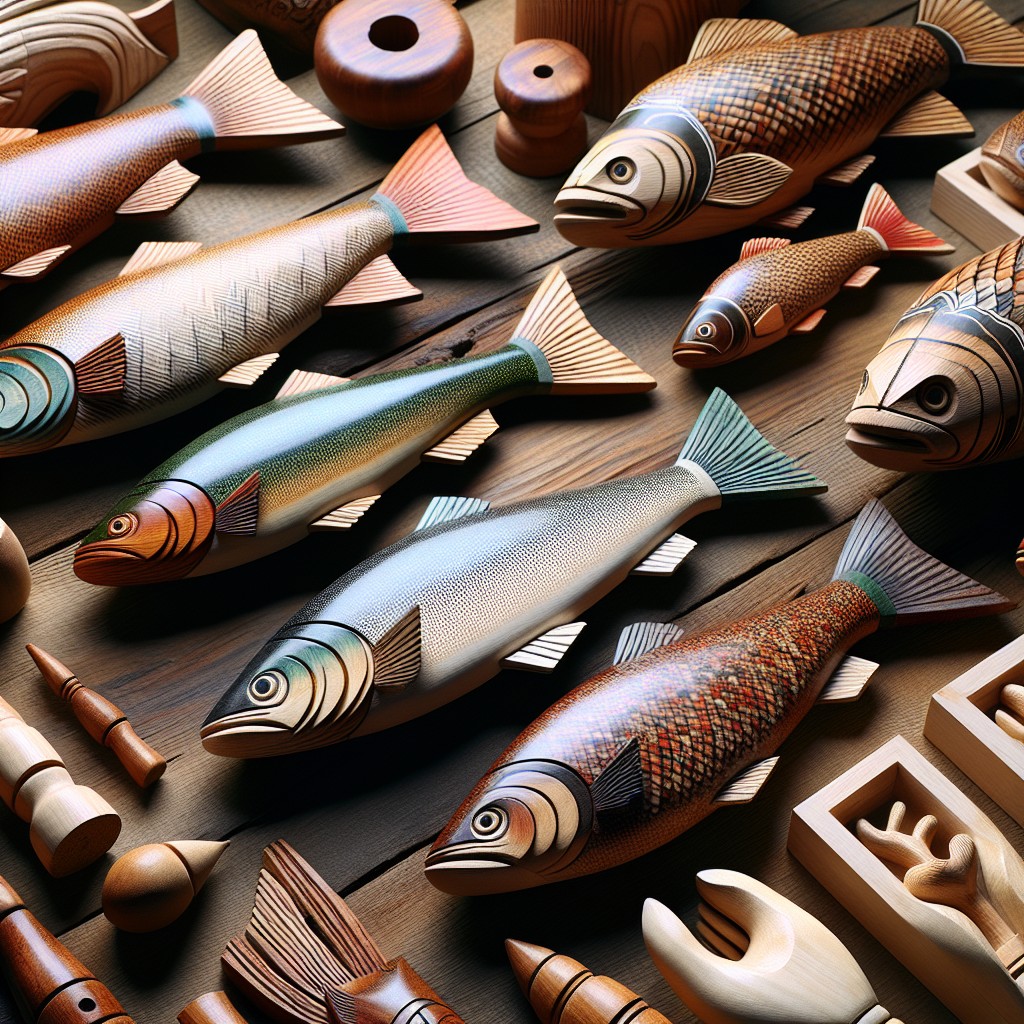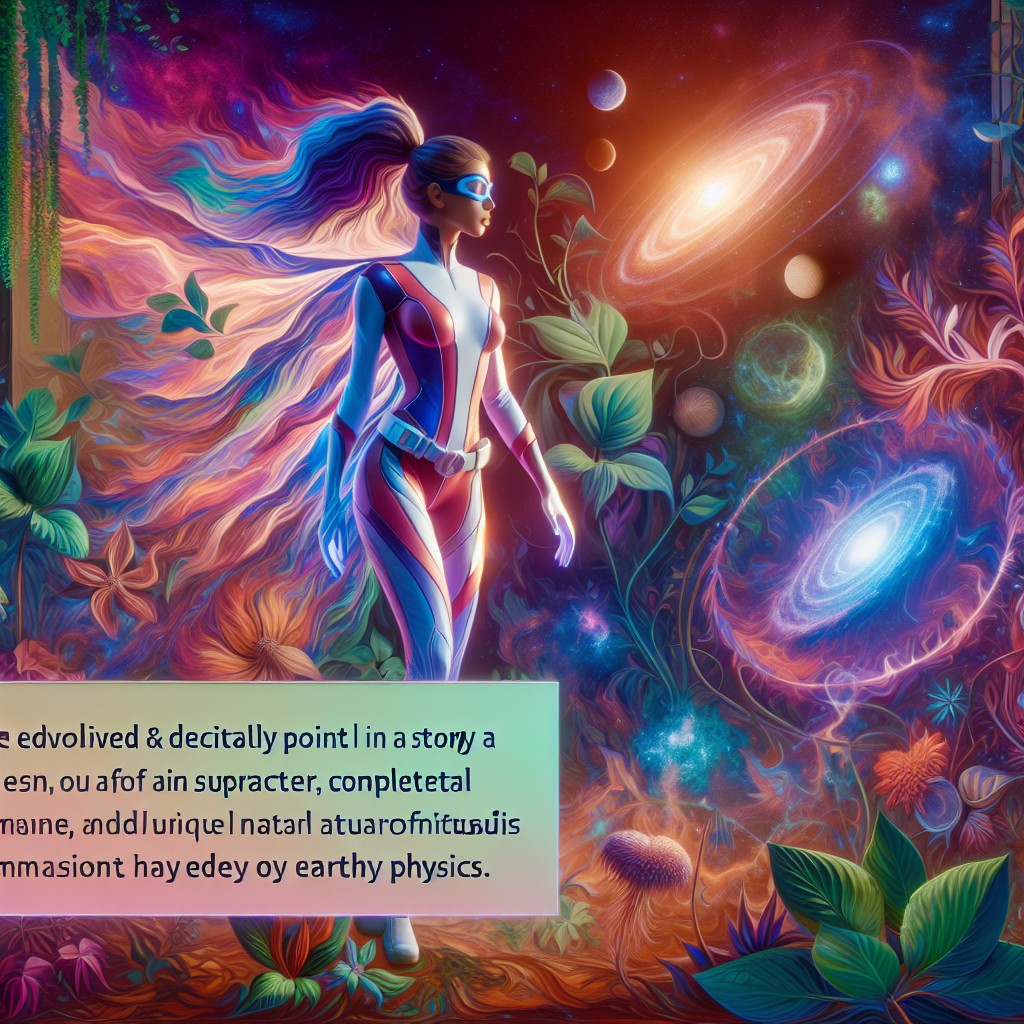Last updated on
Dive into Jay McEvers’ blog because it harnesses the power of words to create transformative user experiences, that redefine the parameters of thoughtful and compelling content.
Key takeaways:
- Jay McEvers’ blog showcases fish decoy carving as a collectible art form.
- The blog provides insights into the craftsmanship and community of decoy carving.
- The blog explores material selection, carving techniques, artistic finishing, and cultural significance.
- Jay McEvers’ blog combines sport and art, preserving tradition while embracing contemporary expression.
- Contact Jay McEvers through the blog or social media for inquiries and orders.
Table of Contents
Overview of Jay McEvers Blog

Jay McEvers’ blog serves as a vibrant platform displaying the fine art of fish decoy carving, an ancient practice with roots in indigenous culture, now appreciated as a collectible art form. It provides a glimpse into Jay’s own creative process, featuring hand-carved masterpieces that exude both functionality for ice fishing and aesthetic appeal for collectors.
Each entry on the blog gives readers a front-row seat to the intricate techniques and detailed artistry involved in crafting these unique pieces. Visitors can expect to find high-quality images that showcase the varied designs and patterns, helping them appreciate the nuanced differences between each decoy.
The blog also explores the broader community of decoy carving, highlighting the work of other notable artists in the field and sharing Jay’s personal experiences with this niche art. Whether it’s a detailed recount of a successful fishing excursion or an anecdote about the inspiration behind a particular carving, the content is geared toward enthusiasts and novices alike.
Through the blog, Jay McEvers not only preserves the tradition of decoy craftsmanship but also fosters a deeper appreciation for this specialized art form among his readers.
Insight Into Jay McEvers’ Background

Jay McEvers brings a wealth of experience in folk art and craftsmanship, with a particular focus on fish decoy carving. His unique skill set has roots in a lifelong passion for fishing and an innate talent for woodworking.
Driven by a desire to preserve and celebrate the tradition of ice fishing, McEvers has positioned himself as both an artist and a scholar of the sport. His pieces are not merely functional; they are a fusion of historical awareness and artistic expression that reflect the intricate ties between angling and artistry.
Moreover, McEvers extends his expertise by actively contributing knowledge to enthusiasts, fostering a community ground in shared appreciation for this niche craft.
Examination of Unique Craftsmanship in Fish Decoys & Folk Art Wood Carvings

Jay McEvers’ passion for fish decoys and folk art wood carvings isn’t just a hobby; it’s an appreciation of unique craftsmanship. These items are not merely tools for fishing but are also stunning works of art, showcasing the intricate designs and hours of labor that go into each piece.
Highlighted features include:
- Material Selection: The choice of wood and paint can transform a simple carving into a collectible piece. Details on the types of wood preferred for their buoyancy and grain patterns provide insight into the construction process.
- Carving Techniques: From rough shaping to fine detailing, the skill involved in carving fish decoys and folk art is remarkable. Artisans often use a combination of hand tools and power tools to achieve the desired effect.
- Artistic Finishing: The application of paints and finishes brings the wooden decoys to life. The blog dives into traditional painting methods compared to modern approaches and the impact of varnishes or seals.
- Cultural Significance: Understand the historical context and regional variations in styles. These decoys often reflect the cultural heritage of the areas where they are made.
- Functionality Meets Art: While initially intended for ice fishing to attract real fish, these decoys have garnered attention for their aesthetic appeal, becoming sought-after items for display and collection.
Through Jay McEvers’ lens, readers gain an enriched perspective on how these beautiful items retain traditional methods while evolving with contemporary artistic expression.
Recapping the Mid-January Decoy Page Content

In the mid-January update, visitors found fresh insights into the evolving world of fish decoys. The page illuminated the intricate processes behind the creation of each piece, shedding light on the blending of functionality with artistic expression.
Emphasis was placed on the materials chosen, showcasing the range from traditional woods to modern synthetics, and the resultant performance differences in the water.
Techniques such as detailed paintwork and carving were highlighted, demonstrating how these elements contribute to the realism and allure of the decoys in attracting fish.
The update also served as a gallery, presenting an array of vibrant images featuring the latest additions to the decoy collection, enabling enthusiasts to appreciate the aesthetic appeal and craftsmanship.
The dedication to preserving this unique form of American folk art was evident throughout the content, making it an invaluable resource for aficionados and newcomers alike.
The Artistic Contribution of Donna to the Blog
Donna’s involvement brings a refreshing dimension to Jay McEvers’ online space, blending traditional craft with a touch of feminine finesse. Her contributions often showcase the nuanced detailing in fish decoys and folk art wood carvings, emphasizing patterns and color schemes that appeal to a broader audience.
With her keen eye, Donna enhances the visual storytelling of each piece, allowing followers to appreciate the intricate artistry that goes into their creation. Her posts frequently serve as educational segments, imparting valuable insights on the history and cultural significance behind the designs, enriching the blog’s content and engaging readers with a deeper understanding of the craft.
Jay and Nice Northern: Story Behind the Catch
In a display of angling skill intertwined with moments of serendipity, the post detailing Jay’s encounter with the Nice Northern pike captures the essence of ice fishing exhilaration. This narrative does not merely recount the size or the fight of the fish but rather emphasizes the rich tradition of spearfishing and its connection with craftsmanship.
Through this account:
- Readers gain insight into the personal experiences and joys that Jay finds on the ice.
- There’s a showcasing of the fusion between sport and art; the fish decoys used are not just tools, but pieces of art that embody tradition and personal stories.
- It demonstrates the patience and respect Jay has for the sport and the underwater world.
- The importance of preserving these fishing experiences for future generations is subtly highlighted through storytelling.
Significance of “Spearing With Lucy and Old and New Decoys” Post
In his post “Spearing with Lucy and Old and New Decoys“, Jay McEvers weaves a narrative that blends traditional ice fishing practices with a modern twist.
This entry provides a glimpse into Jay’s personal life, specifically his bonding time with his dog Lucy on the ice.
The story emphasizes the continuity between past and present methodologies in fish decoy carving and usage.
By contrasting the functionality and artistry of both vintage and contemporary decoys in a real-world setting, the post illustrates the ongoing relevance and adaptation of this craftsmanship in current fishing practices.
Readers gain insights into Jay’s appreciation for historical artifacts alongside a willingness to embrace new designs, reflecting a broader message of respect for heritage while moving forward with innovation in the field of folk art and outdoor sportsmanship.
Recognition of David Perkins of DFD Duluth Fish Decoy
Jay McEvers extends his appreciation to fellow craftsmen, acknowledging the intricate work of David Perkins from DFD Duluth Fish Decoy. Perkins is known for his precise artistry and skill in carving lifelike fish decoys which are not only effective for ice fishing but are also considered collectible works of art.
- Perkins’ emphasis on authenticity and detail captures the essence of traditional fish decoy carving.
- His creations are celebrated for both their functionality and their aesthetic, blurring the lines between utility and artistry.
- McEvers’ recognition underlines the talent within the decoy carving community and the importance of preserving this form of folk art.
- The highlight on Perkins reverberates the shared passion and commitment to the craft that resonates through the blog posts.
Jay McEvers’ Purchase Interests: Seeking Unique Decoys
Jay McEvers demonstrates a keen interest in acquiring distinctive decoys that showcase artistry and history. He seeks pieces with unique character, be it through their age, design, or backstory.
Collectors and crafters interested in selling one-of-a-kind wooden decoys could find an enthusiast in Jay, who appreciates the cultural and aesthetic value of these items. He often emphasizes the importance of original paint, expert craftsmanship, and folkloric charm in the pieces he chooses to add to his collection.
Contact him if you possess a decoy that could intrigue a connoisseur with a penchant for the exquisite and the storied.
How to Contact Jay McEvers
For individuals interested in reaching out to Jay McEvers, multiple avenues are available to establish contact. His blog typically includes contact information, enabling direct communication.
Visitors can send an email for inquiries about decoy availability, custom orders, or general questions regarding his artwork. The blog may also feature a contact form which streamlines the process of sending a message to Jay.
In addition, social media links might be provided, allowing followers to connect with him through various platforms for more regular updates and interactions.
It’s important to note that response times may vary depending on his workload and carving schedule. Always ensure that messages are clear and concise to facilitate effective communication.
You may also like to read:





